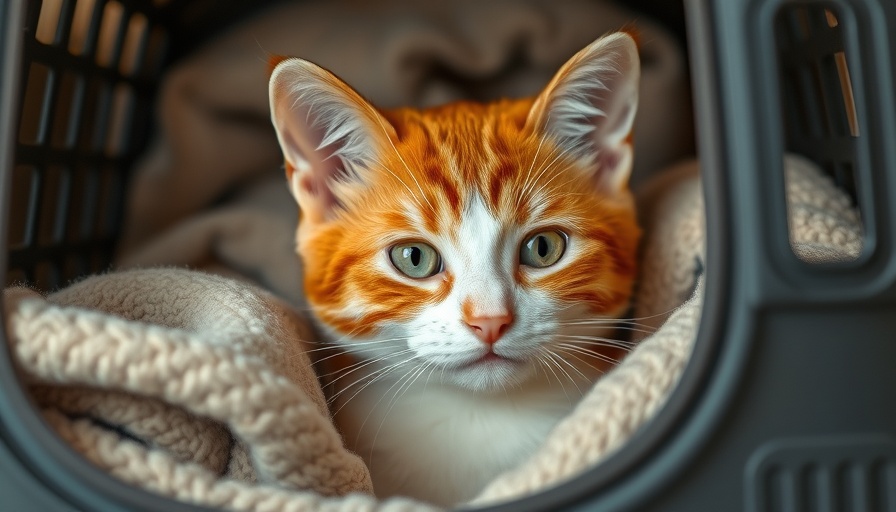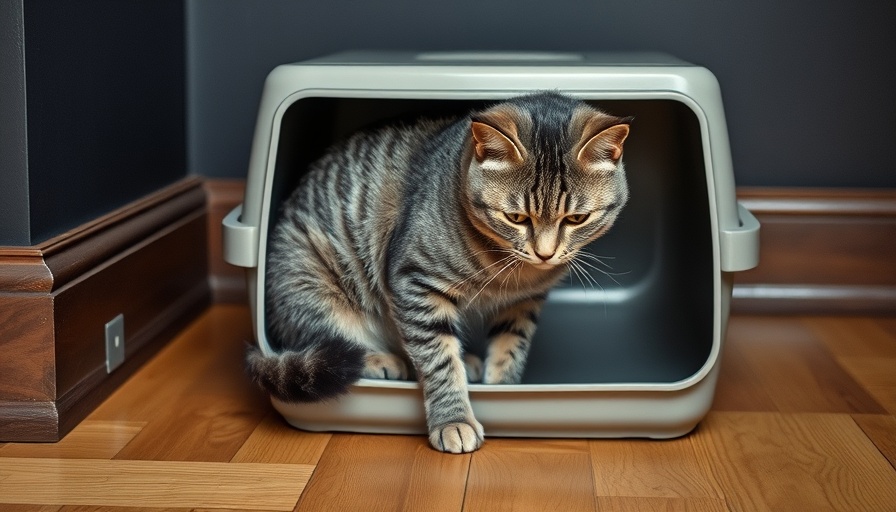
Understanding Feline Coughing: What’s Normal and What’s Not?
Coughing in cats can be alarming for pet parents, and understanding the reasons behind it is crucial for your feline friend’s health. Coughing serves as a reflex to clear irritants from the airways or signal an underlying health issue. While occasional coughs may not be a cause for concern, recurrent or severe coughing demands attention.
Common Causes of Cat Coughing
The reasons behind cat coughing can span a wide spectrum of health issues. Common causes include:
- Allergies: Just like humans, cats can suffer from allergies that lead to respiratory irritation, resulting in coughing.
- Infections: Respiratory infections can trigger coughing, often accompanied by other symptoms like sneezing or nasal discharge.
- Bronchitis: Chronic bronchitis can cause frequent coughing, often requiring long-term management.
- Asthma: Feline asthma can lead to wheezing and coughing, prompting urgent veterinary care.
- Foreign Objects: If a cat inhales or swallows a foreign object, it can cause significant distress and coughing.
Recognizing the Signs That Require Urgent Care
If your cat exhibits coughing symptoms alongside other concerning signs, such as bluish gums, difficulty breathing, or lethargy, seeking emergency veterinary care is essential. Blood-tinged mucus or prolonged coughing episodes can indicate severe issues.
Treatment Options for Cat Coughing: What to Expect
Treatment for a coughing cat depends on the root cause. Options may include:
- Antibiotics for bacterial infections
- Anti-inflammatory medications to reduce airway swelling
- Bronchodilators to open airways in asthmatic cats
- Possible surgical intervention for removing foreign objects
Always consult with your veterinarian for a proper diagnosis and treatment plan, as self-diagnosis can lead to further complications.
Emotional Impact on Pet Parents
Seeing your beloved pet in distress can evoke a range of emotions—including anxiety and helplessness. It’s natural for pet parents to worry, especially when faced with challenging health symptoms. Remember, seeking veterinary advice not only helps your cat but also provides you with peace of mind, knowing you are taking proactive steps towards your pet's health.
Actionable Steps for Cat Parents
As a responsible pet owner, being observant and informed is key. Pay attention to any changes in your cat’s behavior or health. If coughing persists or your cat's condition worsens, don’t hesitate to schedule an appointment with your veterinarian. Taking these steps ensures that your cat maintains a healthier, happier life.
 Add Row
Add Row  Add
Add 




Write A Comment